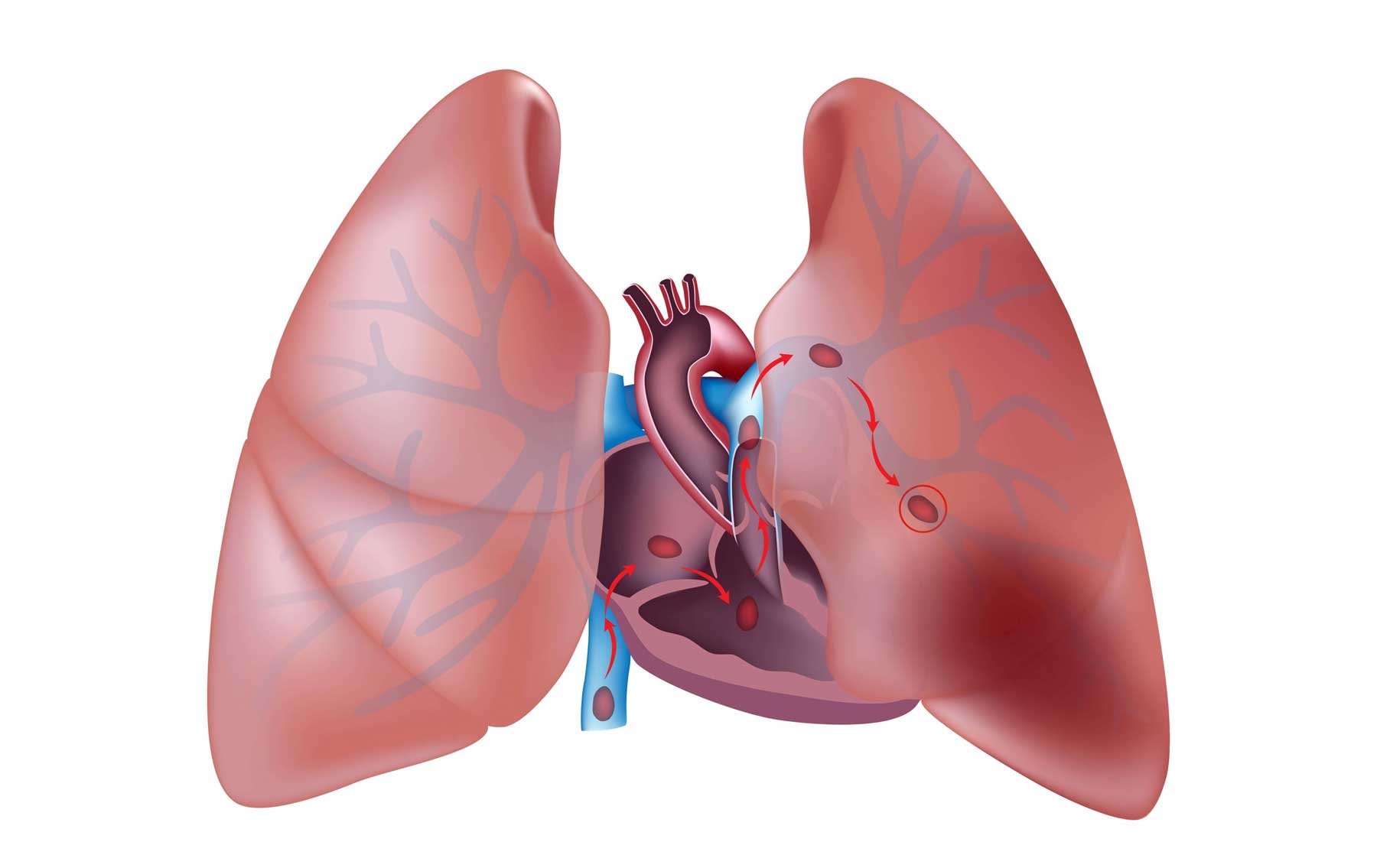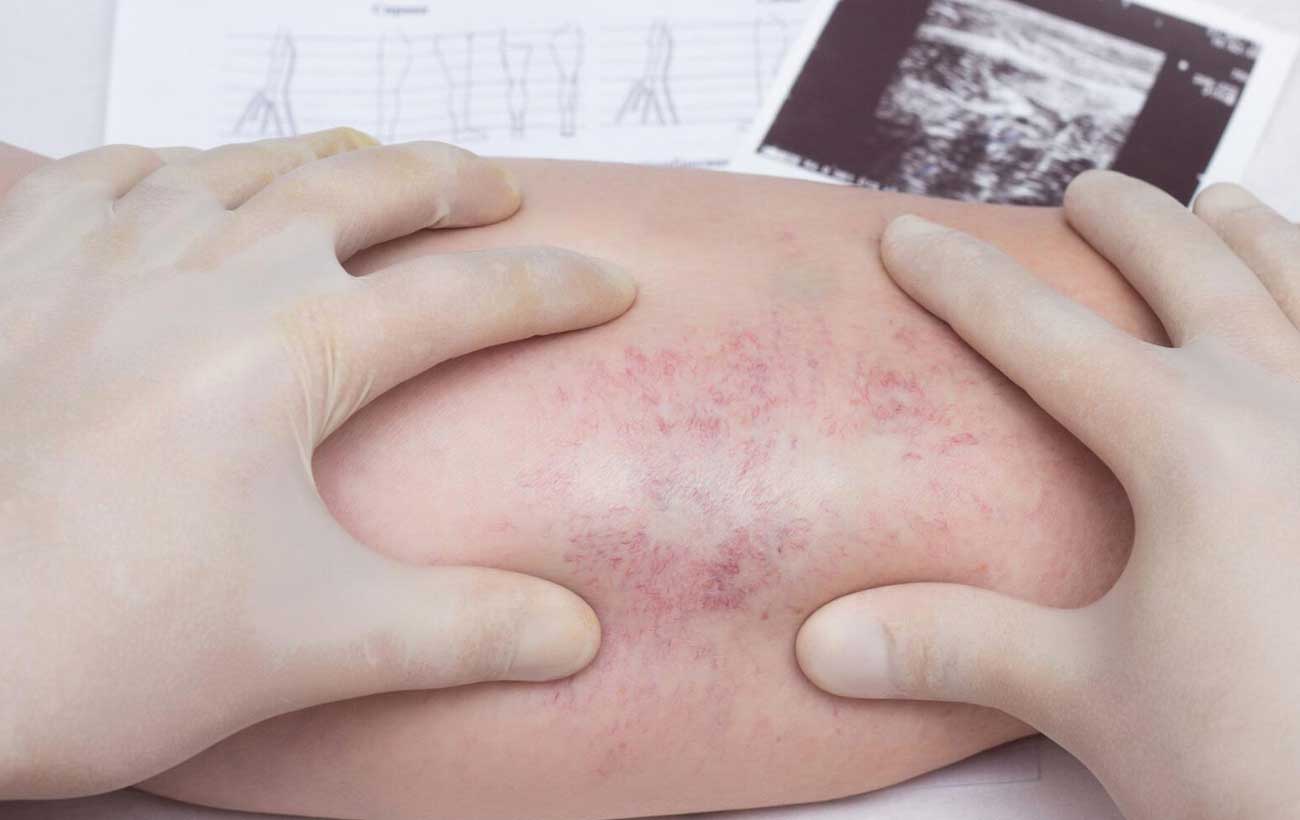Deep Vein Thrombosis Thrombosis is the formation of a blood clot (thrombus), which can partially…

Aortic Stenosis
Aortic stenosis occurs when the aortic valve (the valve between the aorta and the left ventricle) becomes abnormally thick or the valve flaps (leaflets) become stuck together, narrowing the opening. The aorta is the artery through which the left ventricle of the heart pumps blood to the body tissues. If the opening becomes narrowed, the volume of blood that the heart can pump decreases. In an effort to squeeze more blood through the valve and keep the volume of blood pumped by the heart normal, the muscular wall of the left ventricle thickens. This thicker, harder-working tissue requires more and more blood to keep working. The blood squirting past the obstructed valve produces a sound called a heart murmur that a doctor can hear through a stethoscope.
Symptoms
At first, aortic stenosis may produce no symptoms. However, as the condition worsens, you will become short of breath during and after physical activity. You may experience chest pain or dizziness, or you may faint when you exert yourself. Eventually, you may develop symptoms of congestive heart failure such as swollen ankles, shortness of breath, or fatigue.
Three possible causes of aortic stenosis are a congenital (present at birth) malformation of the valve called congenital aortic stenosis, scarring and thickening of the valve that develops with age (called degenerative or calcific aortic stenosis), or narrowing of the valve as a result of rheumatic fever. For unknown reasons, men are about three times more likely to develop aortic stenosis than women.
As the workload of the left ventricle increases, the blood supply to the heart muscle is reduced, which can cause chest pain, a heart attack, ventricular fibrillation, or sudden death. Once symptoms develop, the risk of dying increases significantly. About half of people who develop symptoms of aortic stenosis die within 3 years. If you have symptoms of aortic stenosis, see your doctor as soon as possible.
Treatments
If you have mild aortic stenosis, you will need to avoid strenuous activity. Your doctor will probably recommend regular, moderate exercise such as walking. When you have sexual intercourse, let your partner be the more active participant. You will need to take antibiotics before having any kind of dental treatment or surgery to protect against infective endocarditis, a potentially life-threatening infection of the inner lining of the heart muscle. You will also need to see your cardiologist for a yearly heart examination.



